Aphid soda
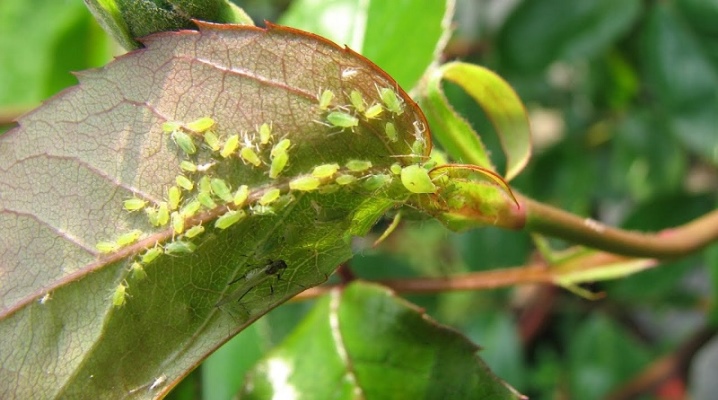
In order to improve the quality of the crop and protect it from aphids, many gardeners use regular baking soda. The effectiveness of this tool has already been tested both by time and by a large number of people.
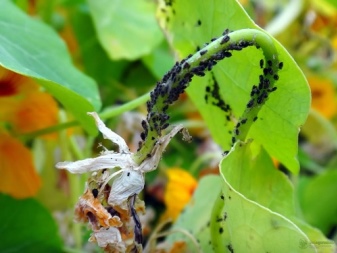
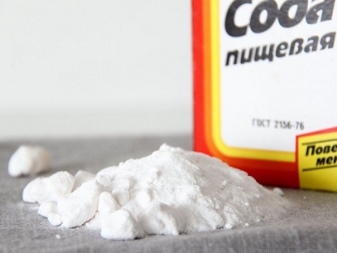
Soda properties
Soda (alkali) is an environmentally friendly, odorless white powder. The main active ingredient in its composition is sodium. The principle of action of soda in the fight against insects is very simple. The prepared solution gets on the body of the aphid and causes irritation, while damaging her skin. Almost all pests die on the treated area.
It is worth noting that the tool helps not only to get rid of aphids, but also to reduce the acidity of the soil, and also to improve the yield. After treatment with a soda solution, the plants practically do not get sick and bear fruit better. Both baking soda and soda ash are used against aphids. The second differs in that it additionally saturates the plant with calcium, contributes to the rapid recovery of damaged shoots and leaves.
In addition, it should be borne in mind that the calcined product has a more powerful effect, which means that it is used in smaller quantities.
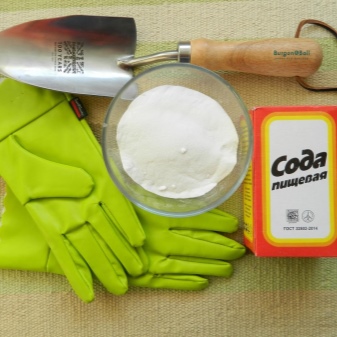
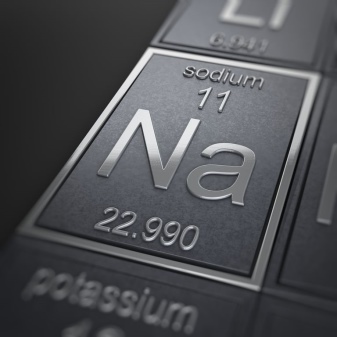
Cooking methods
There are several popular recipes that can help fight pests. All of them are easy to prepare and use, so they are suitable even for novice gardeners.
Soda solution with added soap
The soap solution is very effective against insects. The addition of this product prevents them from escaping from the surface of the leaves. This means that it increases the efficiency of using the solution. To prepare this product, you will need 300 grams of laundry or tar soap and 100 grams of baking soda.
To make the soap easier to dissolve in water, you must grate it in advance. Next, the shavings must be poured with 1 liter of water at room temperature. Add prepared soda to the container, and then mix everything thoroughly. After that, the resulting mixture must be combined with 9 liters of water and mixed again. Use soapy water immediately.

With added iodine
This mixture helps to cope not only with aphids, but also with common fungal diseases. In addition, iodine protects plants and speeds up their regeneration. Therefore, a mixture with the addition of this component is more effective. To prepare it you will need:
- 50 grams of plain soap;
- 2 tbsp. l. soda ash;
- 1 tsp pharmacy iodine;
- 1 bucket of purified water.
Cooking method:
- first, the soap must be grated;
- then the cooked shavings need to be poured with 1 liter of warm water, stir well;
- then you need to pour soda into this mixture, pour iodine and stir everything again.
The product must be diluted in a bucket of water. The solution can be used immediately to spray plants affected by aphids.
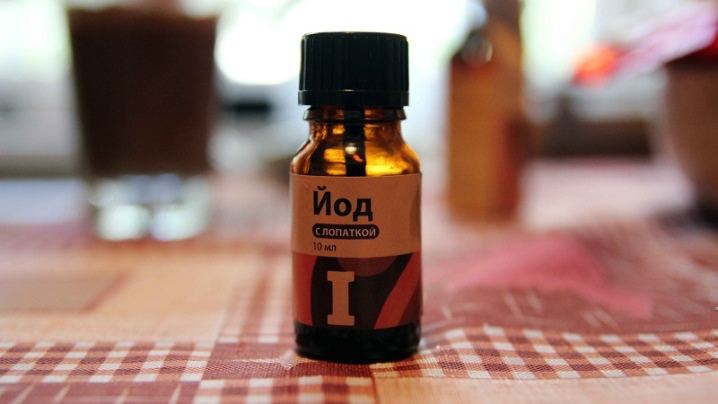
With the addition of garlic
Garlic helps enhance the effect of the baking soda mixture. In addition, the unpleasant, pungent smell of this plant in itself scares off pests. To prepare the mixture you will need:
- 200 grams of finely grated garlic;
- 3 tbsp. l. calcined or 15 tbsp. l. baking soda;
- half a bar of plain or tar soap;
- 10 liters of clean water.
Cooking method:
- first, pour the prepared garlic with water, mix well, and then leave to infuse;
- after 7-9 hours, soda and grated soap must be added to the garlic mixture;
- then the solution must be mixed again, and then used as directed.
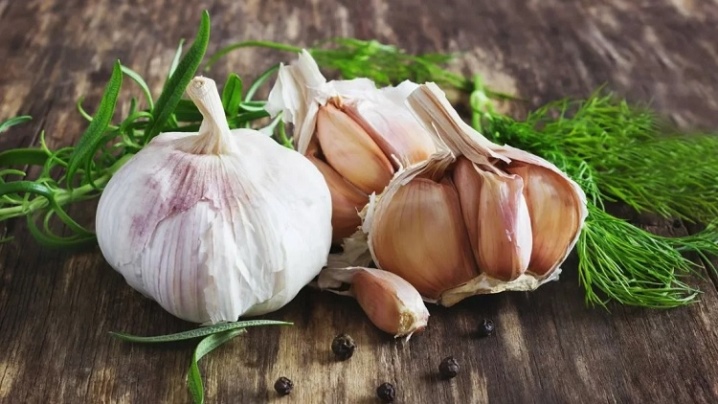
With the addition of vegetable oil
This mixture allows you to fight both aphids and fungal diseases. To prepare it, you need to take:
- 200 grams of liquid detergent;
- 1 tbsp. l. soda ash;
- 1 tbsp. l. vegetable oil;
- 10 liters of water.
Cooking method:
- in the water prepared in advance, you need to pour detergent and sunflower oil;
- add soda there;
- then everything needs to be mixed well and you can start spraying.
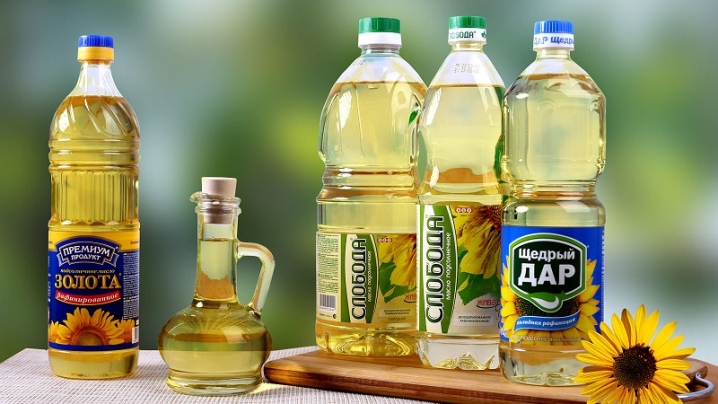
Application rules
In order for this simple tool to be as effective as possible in pest control, you need to adhere to simple rules.
- Before processing the plants, all weeds must be removed from the site. Only after their complete destruction can you start spraying.
- It is imperative to follow the recipes without changing the dosage. After all, if the concentration of the solution is insufficient, you can not wait for a good result. At a high concentration of the prepared mixture, leaves on plants may die, as well as damage the trunk.
- Do not prepare the solution in a plastic or aluminum container. Enamel cookware is best for this. And also you can not take too hot water. If its temperature is above 55 degrees, then the resulting mixture will not bring any benefit.
- The treatment of affected crops is best done once every 7 days. Spraying should be stopped 3 weeks before harvest.
- Plants should be sprayed early in the morning or late in the evening. It is advisable to do this in calm and dry weather. If it rains after treatment, then after 24 hours the plants will need to be re-sprayed.
- It is worth refusing to carry out this procedure in a strong wind, after all, sudden gusts of air will interfere with the quality processing of the plant.
- It is recommended to use a spray bottle or spray bottle to spray plants with a soda solution. It is necessary to move from the bottom up. This is due to the fact that most of the pests are concentrated on the back of the leaves. By processing plants in this way, it will be possible to destroy most of them.
- It is imperative to carry out processing in rubber gloves. After finishing work, hands should be thoroughly washed and then lubricated with moisturizer. This should be done, since the alkali dries the skin very much.
- You should not prepare a soda solution for future use. - it must be used on the same day.
- Since ants can spread aphids, they also need to be disposed of. For this place of accumulation of these insects, you can sprinkle with soda ash.
In some cases, this product is additionally mixed with wood ash or poured with boiling water.
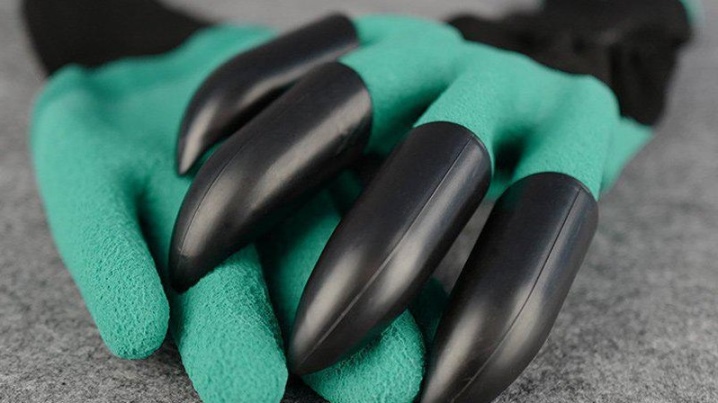
It is also important to take into account the characteristics of plants that are treated with soda.
- Fruit trees need to be sprayed prior to spring landscaping. They must be processed completely. In addition, even a near-trunk plot of land is sprayed.
- When processing vegetable crops, it is not recommended to use soda ash. It can damage the deciduous part of the plant. Soda solutions also cannot be used during high solar activity.
- Grapes, like fruit trees, are processed before flowering. To achieve maximum results, you need to carry out 4-5 spraying procedures. This should be done once a week.
- Currant, raspberry and gooseberry bushes are processed in the spring. Spray them with a soda solution completely. The mixture should not be too concentrated.
- This product is also used to protect flowers from aphids, especially roses. The first treatment of plants with a soda solution occurs 9-12 days after the protective winter shelters were removed. Further, it is used only if the flowers are attacked by aphids. In order to get rid of insects, you need to spray the plants 2-3 times with a break of several days.
To summarize, we can say that soda is a great alternative to chemicals. It is safe for both humans and plants. Therefore, this product can be effectively used to protect your garden and garden from aphids.
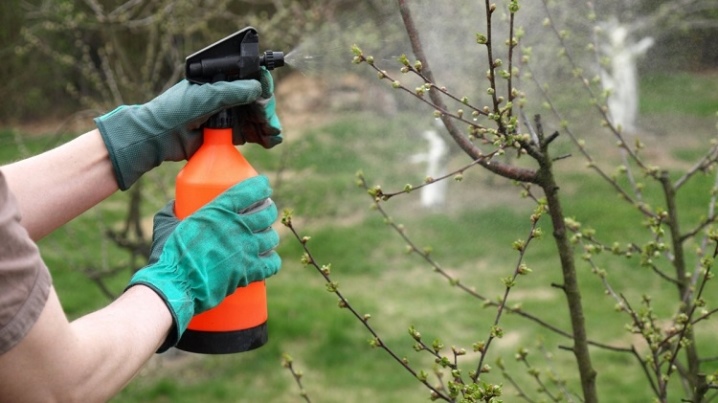
The following video will tell you how to use aphid baking soda.













The comment was sent successfully.